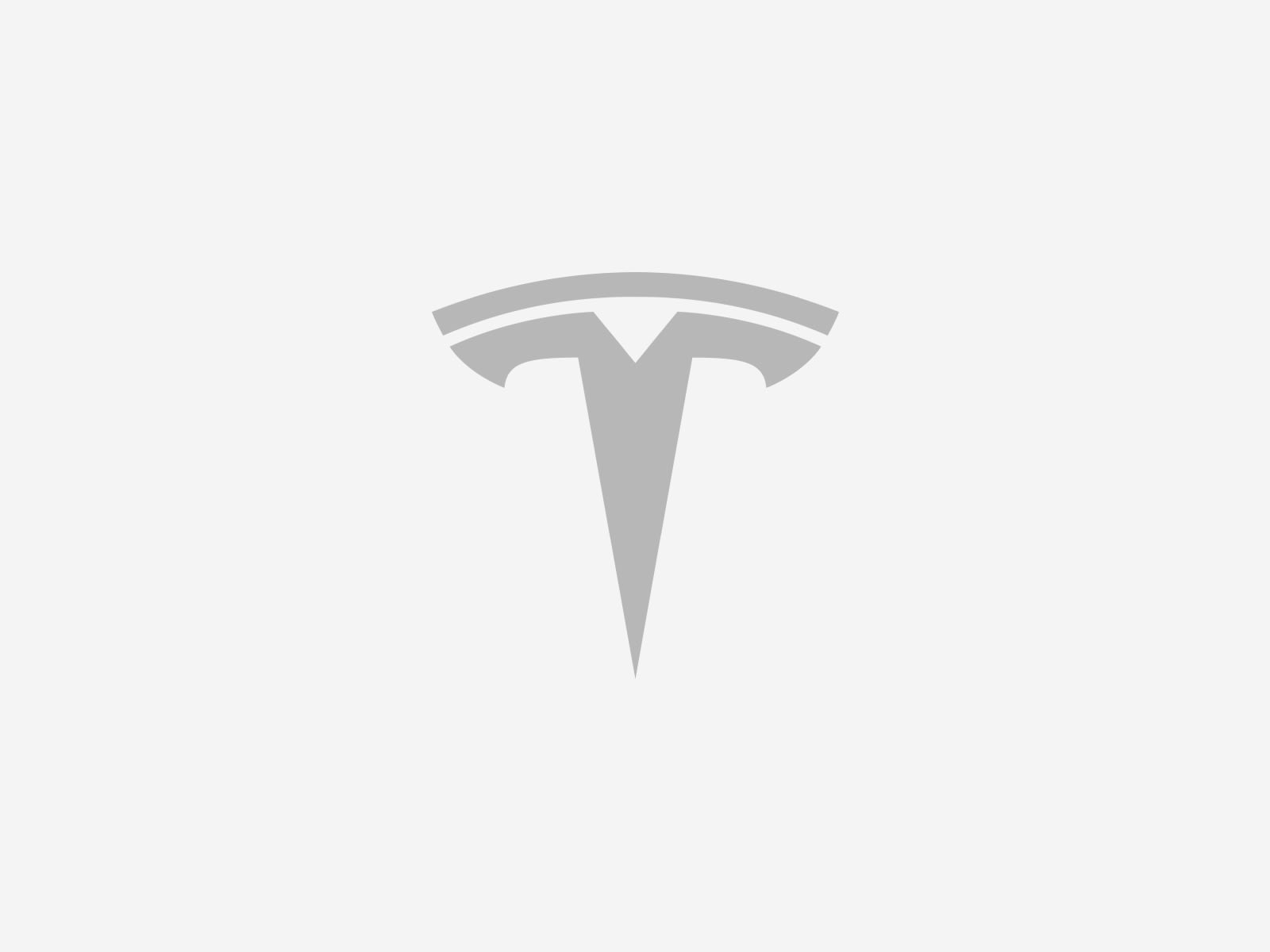I have 2 wall connectors behind a 60 amp service to the garage. If you plug a car in to either wall connector it will charge at 48 amp all day without issues.
If you plug two cars in at the same time they will each charge at 24 amp just fine.
However, when one of the two cars finishes but is still plugged in, the other car takes forever to ramp up to 48 amp, and constantly drops back down to 24 and begins ramping again.
The only way we’ve found to allow it to hold 48amp steady is to unplug the non charging car.
Is this normal? It’s causing the final car to charge much slower overall, and pretty annoying… seriously just considering another 60 amp line to the garage so both can pull full speed regardless..
Is there something wrong or needs to be adjusted? Or is this normal operation?
If you plug two cars in at the same time they will each charge at 24 amp just fine.
However, when one of the two cars finishes but is still plugged in, the other car takes forever to ramp up to 48 amp, and constantly drops back down to 24 and begins ramping again.
The only way we’ve found to allow it to hold 48amp steady is to unplug the non charging car.
Is this normal? It’s causing the final car to charge much slower overall, and pretty annoying… seriously just considering another 60 amp line to the garage so both can pull full speed regardless..
Is there something wrong or needs to be adjusted? Or is this normal operation?



